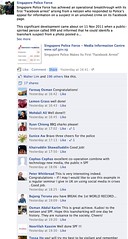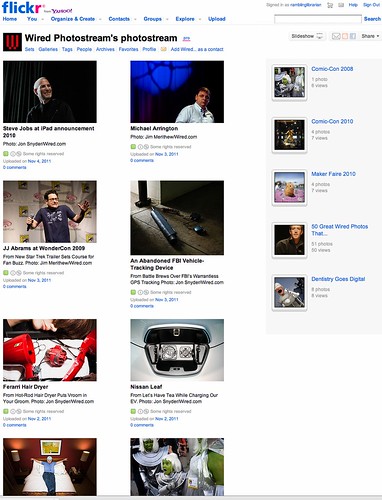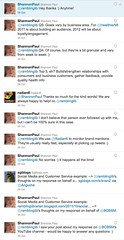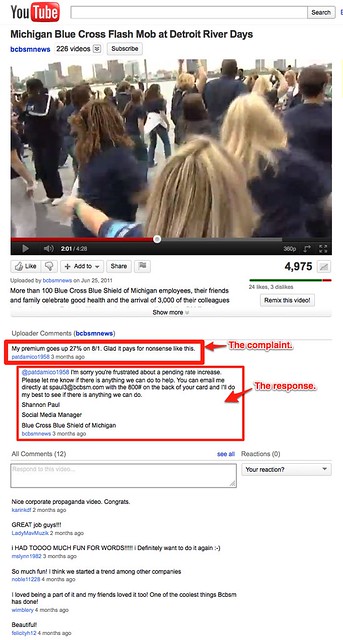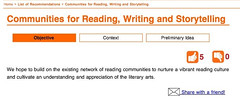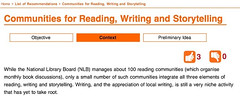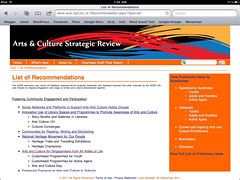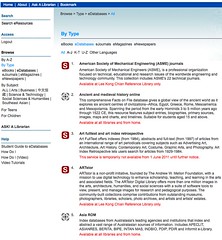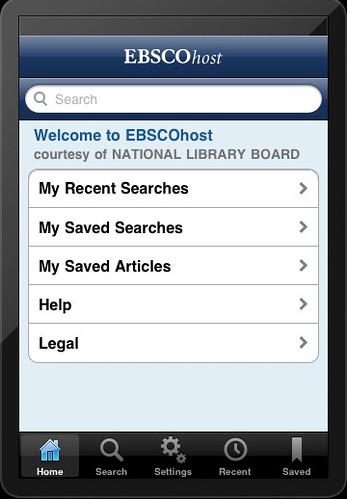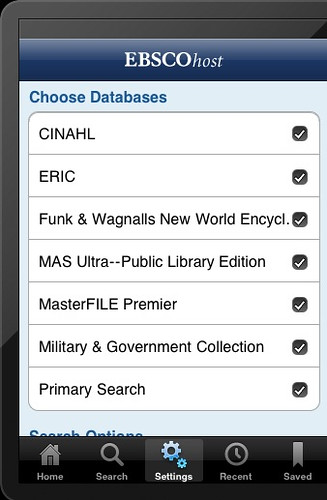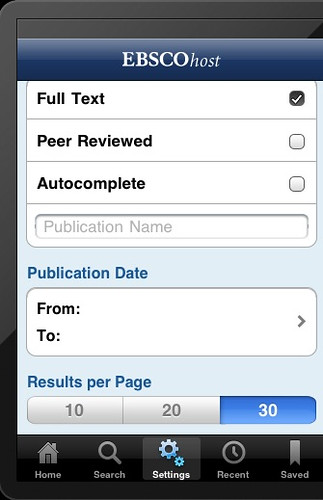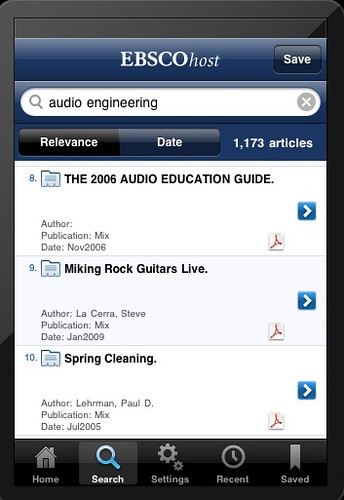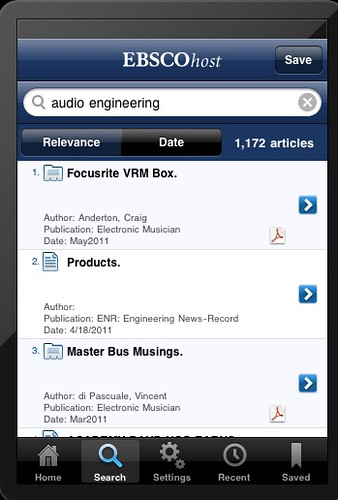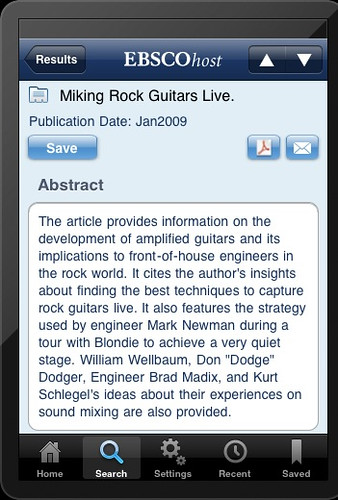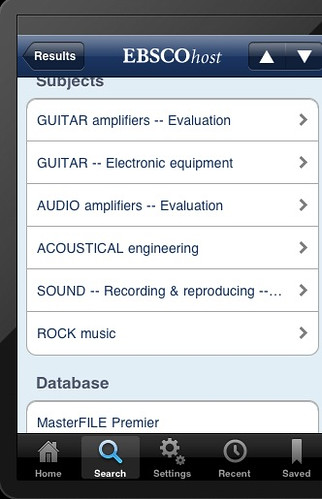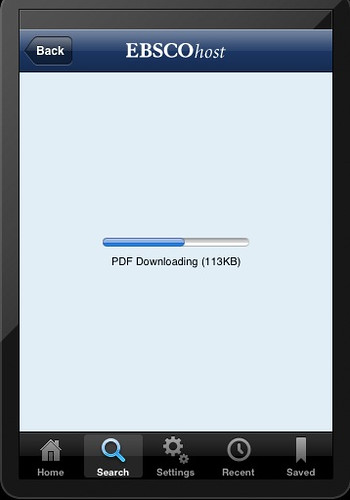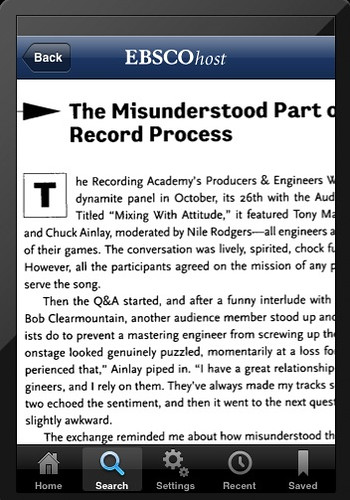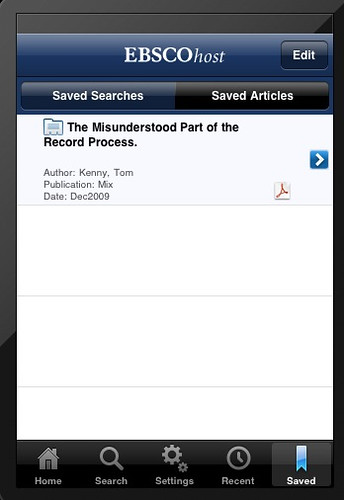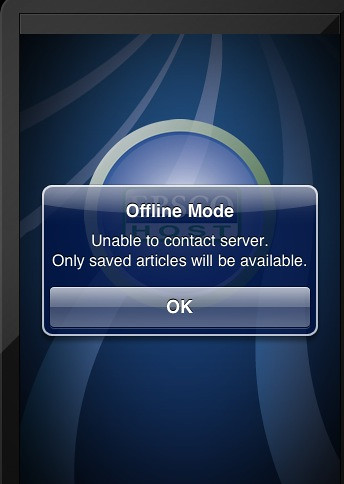I took a few notes that day, but got caught up with stuff, i.e. more procrastination. Add a dose of laziness. This largely photo "essay" is the result.
Luckily, there are published perspectives of some people who attended the event. Here's Dexterine, Lizzy and James (see here, here and here). Chun See also blogged about it (he wasn't a Memory Corps volunteer at the time of the event, but glad to say he has subsequently volunteered to be part of the movement).
Of the presenters that day (several interesting ones), the person who stood out was the young lady, Lizzy. I thought she gave a fantastic presentation that morning. Your passion and enthusiasm was very real. I remember thinking to myself, "Listening to a young person like that makes me proud to be Singaporean". Would have wanted to tell her and her friends all what an awesome thing they did with their Unseen/Unsaid series.
Alright then.
My version of a post-event blog post.
Monday morning. Asian Civilisation Museum (how apt!) Colleagues reported at 7am. Quite a few were involved on the rehearsal on Sunday.
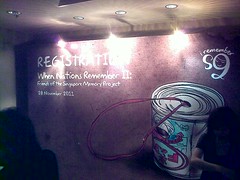
Preparations at the registration table.

Another dry-run before the actual stuff.
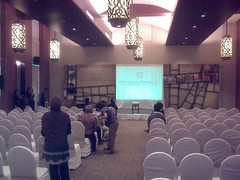
At the back of the hall was a wall, inviting people to share their memories.


Participants were invited to write their stories on a card and clip it to a clothes line strung across the wall.

Here's mine (fuzzy image from my camera phone). Essentially, I shared what came to mind first. Oddly enough it was about a memory when I was about 10 years old. I remember waking up at 5.30am and walking to school. Staring up at the dark dawn sky, I wondered to myself (I'm not making this up) just how many more years of this routine I've to go through at such unearthly hours. Heh.
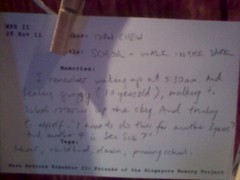
At about 9am, guests started streaming in.
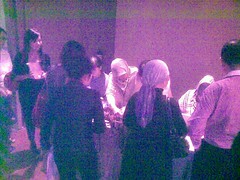
Dr. Yaacob Ibrahim, Minister MICA, spicing his speech with some of his personal memories.

There was a screening of this video, about the handover of the Gunong Pulai waterworks (see this CNA article). The video featured some of the Memory Corps volunteers like Mr TC Lai (he has some really interesting stories/ personal memories, here and here).
He was given this token of appreciation: a framed poster from Singapore's first ever water campaign. A very apt token, for he was the Minister for the Environment and Water Resources (2004 - 2011).

A shot of my colleagues from the 'Engage' division, National Library. They were the division responsible for organising this event.
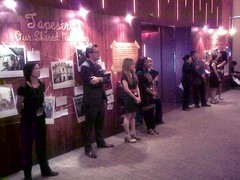
At the conclusion of the morning's segment, the Memory Corps volunteers were invited to take a group photo. Essentially, the Memory Corps are people who volunteer their time and effort to write memories for the Singapore Memory Project (you can read some of their stories at iRemember.SG). Or they may interview other people for their stories.
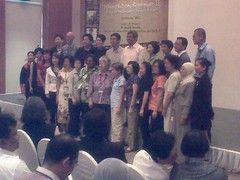
A buffet lunch awaits.

Before the start of the afternoon session, I had the pleasure of speaking to Mr Hillary Francis ("call me Francis"). A very nice gentleman, who can be said to be one of the pioneers of the Singapore music scene. BTW, check out his LinkedIn profile.
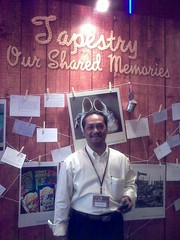
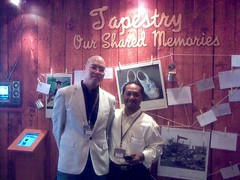
The afternoon session featured some pretty interesting presentations. One was on the architectural designs of Malay houses in colonial times Singapore, plus dispelling the myths about what a 'Malay Village' should look like. Darn it, where are the YouTube videos?
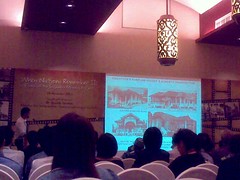
I had to leave the event earlier, for another work appointment. Managed to snap a few (unfortunately rather badly focused) images of the memories-on-cards that some participants shared on the wall.
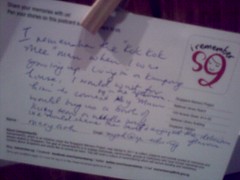

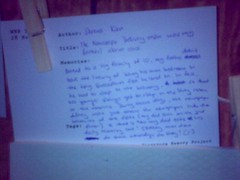
The event also saw the launch of the PictureSG web service, pictures.nl.sg (see this CNA article also).
Incidentally, I've recently transferred to the National Library, after a good 12 years in the public libraries. Have joined the Singapore Memory Project and heading the Online Engagement department. Will blog more about the project, and about my new work scope, in the months to come.
